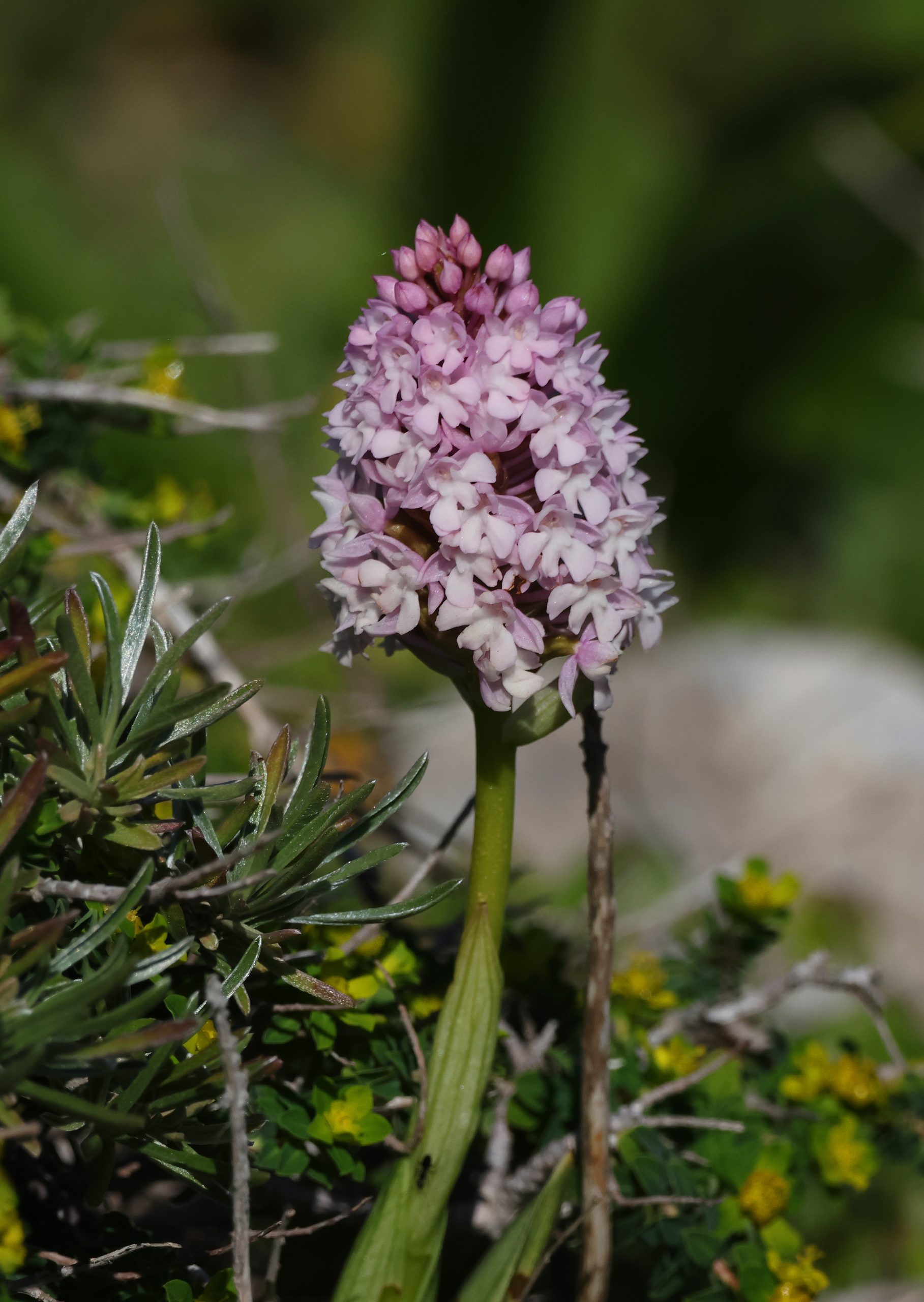On the frontlines is our monthly newsletter section covering the activities of BirdLife Malta’s conservation, policy and nature reserve (Salina, Simar, Għadira and Foresta 2000) teams, together with an update about rare and scarce bird species observed.

Spring hunting season
Spring hunting will be once again allowed in Malta in April 2024. Malta is the only country in the European Union (EU) that allows hunting during the spring migration.
Last spring, hunting was permitted for Common Quail (Summiena) and European Turtle-dove (Gamiema). The national quota was set at 2,400 Quail and 1,500 Turtle-doves, despite the latter being a bird listed as Vulnerable to Extinction in the International Union for Conservation of Nature (IUCN) Red List of Threatened Species.
The opening day of this year’s spring hunting season has been set, with hunting allowed between 10 and 30 April for Common Quail, and between 17 and 30 April for the Vulnerable European Turtle-dove. For more information regarding spring hunting, visit our website. For details about hunting in Malta and how to report illegal hunting click here.
Local volunteers for Spring Watch
Even though spring hunting is allowed only for Turtle-dove and Common Quail, many other species are illegally shot every year during the season. Because of this, our conservation staff will be vigilant about the illegal activities taking place all over the island, and we can also benefit from the help of any willing local volunteers.
We will be looking for evidence of wildlife crime and reporting any such events in order to assist the police with their investigations. If you can handle long days in the field, you should consider the opportunity to join us. Experienced and confident drivers are particularly appreciated, as well as good bird identifiers and people with attentive observation skills.
To express your interest in becoming a part of our operations, send an email to [email protected]. More details here.
Rehabilitation and releases
This month, as evidence of the illicit capture of birds taking place on the island, we received many confiscated birds. They were mostly used as live decoys and kept in despicable conditions. The confiscated birds usually have many health problems, such as abrasions on various parts of the body and damaged feathers. Most of the confiscated birds we obtained also had malformations, mite infestations, clipped wings, and other complications due to wrong diets. The ones who were considered healthy by the government veterinarian were set free.
Eleven Little Stints, two Black-winged Stilts, one Temminck’s Stint, six Tree Pipits, three Red-throated Pipits, two Dunnocks, one Reed Bunting, one Brambling, one Corn Bunting, five Common Quails and three Golden Plovers were released in total.
We also returned a young male Blue Rock-thrush to its natural habitat. The bird got stuck in a glue trap, which destroyed its feathers completely and scraped away some of its skin. After the bird’s tail and primaries grew back, it was released.
We were able to secure the release of two Yellow-legged Gulls and one Black-headed Gull that were all receiving antibiotic treatment for the same kind of enteritis.
We also rehabilitated and released a Yelkouan Shearwater during the second week of March. The bird was dangling off a cliff after being entangled in a fishing net. Fortunately, the bird only had acute dehydration and muscular inflammation rather than a fracture. It recovered quickly.

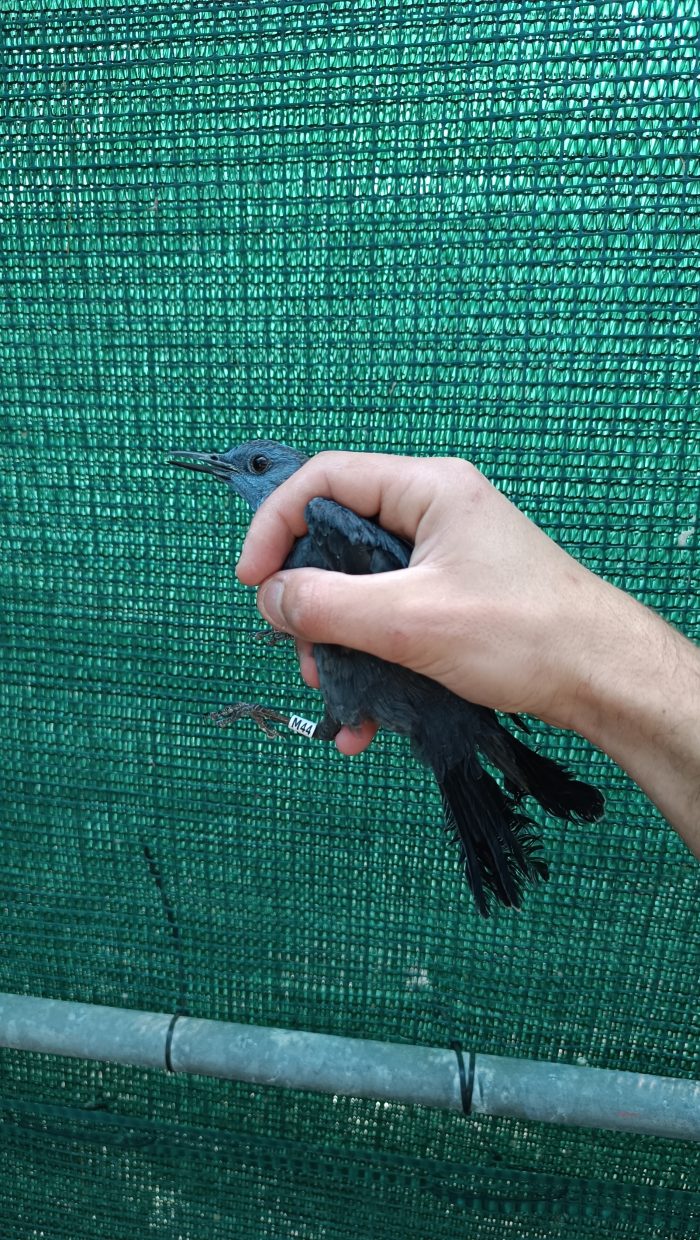
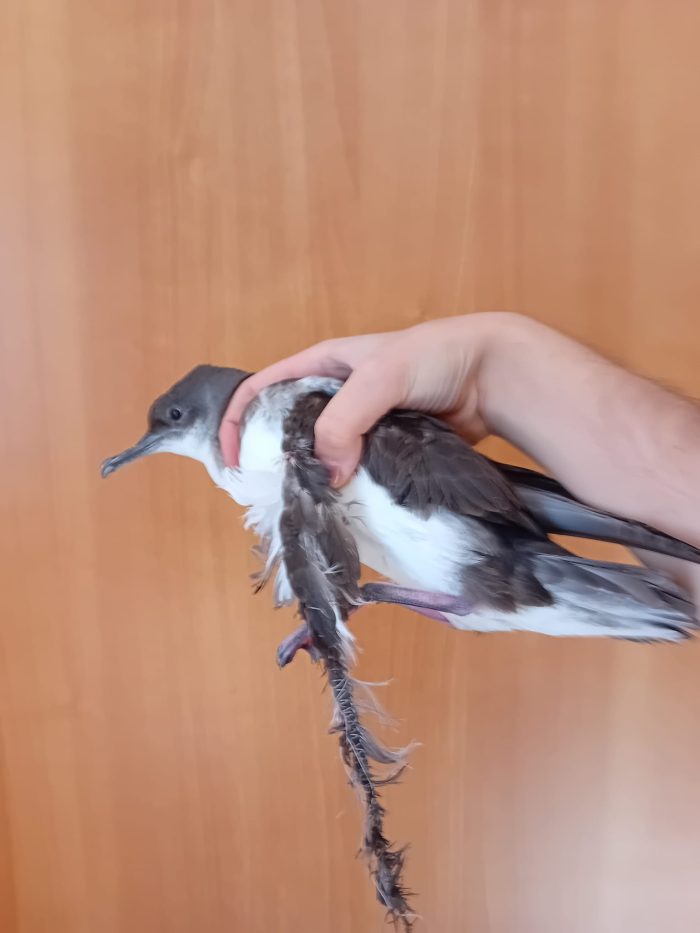

Salina Nature Reserve
Sightings
March sees the departure of the wintering birds and the start of spring migration. Hence the majority of the gulls and terns left the reserve on their journey to the breeding grounds. Migrants making a show at Salina included a splendid Pied Avocet, a flock of Glossy Ibises, several Black-winged Stilts, a good passage of Little Ringed Plovers, Yellow Wagtails, various herons and egrets and a host of passerines like Nightingale, Barn Swallows, Tree Pipits and similar species. A special visitor was a Storm-petrel. Although this is common in Malta, as about 50% of the Mediterranean population breeds in Malta, it is not a bird that is expected to be seen at Salina since it is a pelagic species. It appears that this bird was blown inshore during strong winds and unfortunately it did not survive the ordeal.
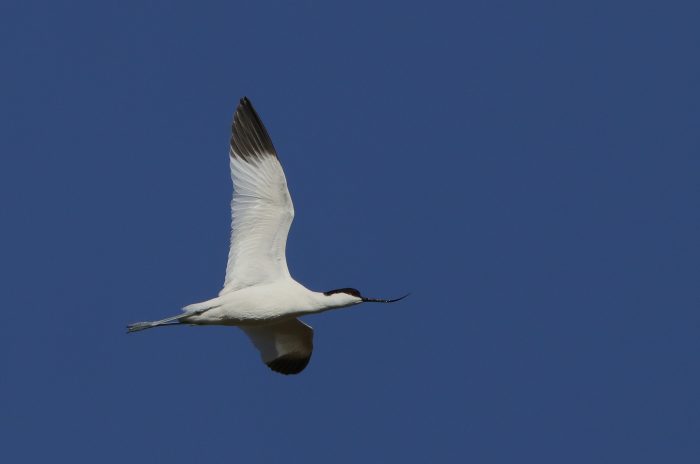
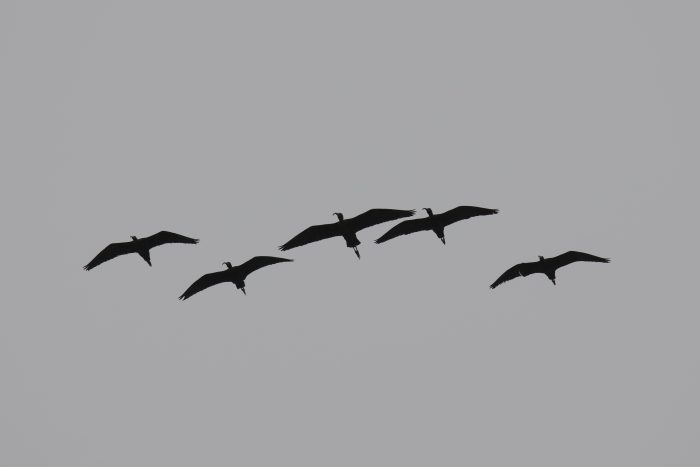
Works
Works concentrated on the area of the Salt Museum to build a wooden screen leading to the where a photographic hide will be constructed at the level of the saltpans. In addition, following strong winds, a part of the roof cladding of the Visitors Centre got dangerously detached necessitating the closure of a part of the public foot path. This was repaired forthwith to make the area safe again. In addition, overgrown areas were cut back to keep the public board walk clear and safe.


Għadira Nature Reserve
Sightings
Migration throughout March was rather poor compared to previous years. Of particular note were two Eurasian Spoonbills and two Spotted Redshanks on 5 March and a flock of 28 Purple Herons on 22 March. A Caspian Tern was seen the following day, and a Pied Avocet stayed for a couple of days from the end of March onwards. A variety of trans-Saharan spring migrants such as Green Sandpipers, Wood Sandpipers, Barn Swallows, House Martins, Swifts, Western Yellow Wagtails, Willow Warblers and Common Hoopoes were frequently noted in small numbers. Little Ringed Plovers were seen daily and by the end of the month two males were noted displaying in flight. One pair was noted scraping in preparation for a nest site. Little Egrets were seen daily feeding on Killifish and 1-3 Kingfishers were recorded daily from the end of the month onwards.
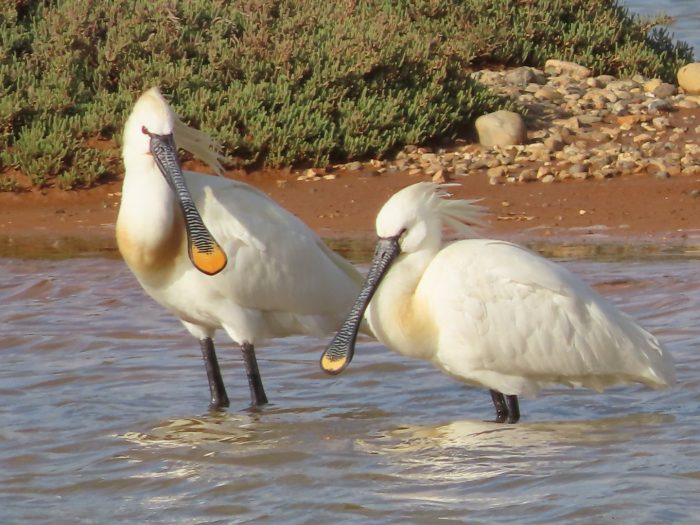

Works
During March bird ringing was carried out on a weekly basis. Amongst birds ringed were wintering passerines such as Chiffchaffs and Blackcaps, as well as trans-Saharan migrants including Willow Warblers, Common Redstart and Western Yellow Wagtails. Of particular note was a male Little Ringed Plover re-trapped on 27 March which had been ringed at Għadira Nature Reserve on 10 July 2021, showing that these birds return to nest at their previous nesting sites.
The screening of the public path which started in summer 2023 was extended by a further 15 metres bringing a total of around 50 metres of path screened to reduce disturbance by visitors on birds at the shoreline and the islands close to the public path. Construction of wooden screen sections was done at the Salina Nature Reserve workshop and later transported and installed at Għadira.
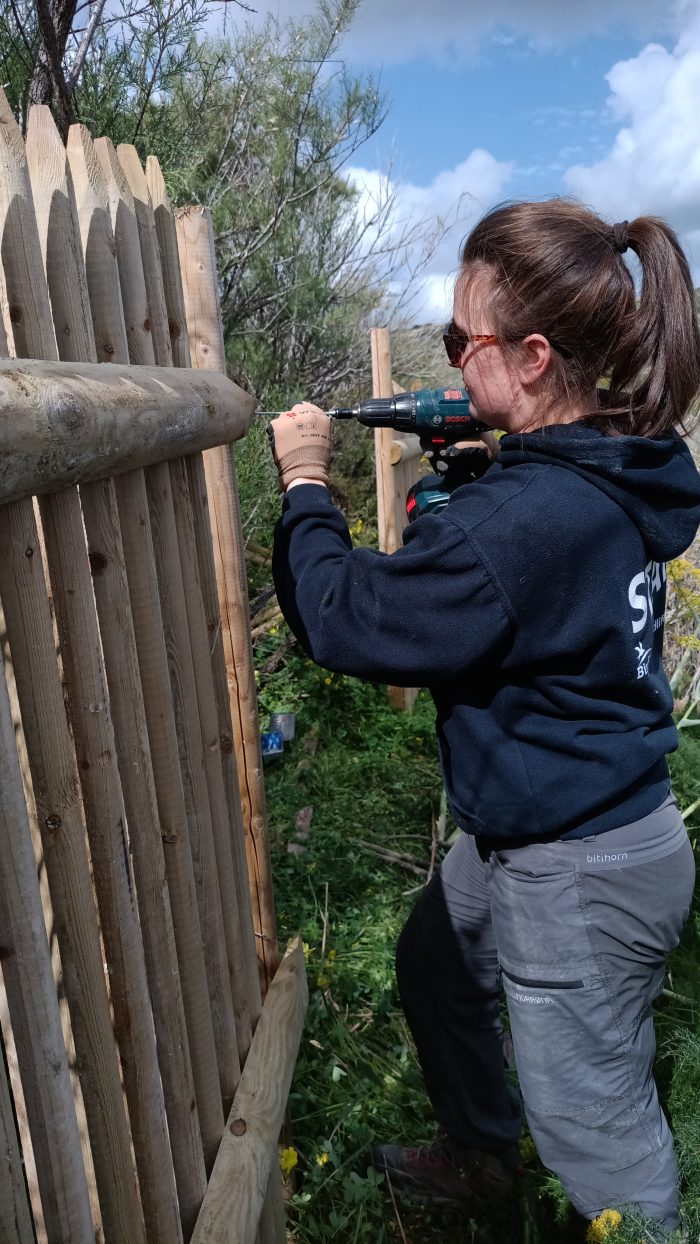
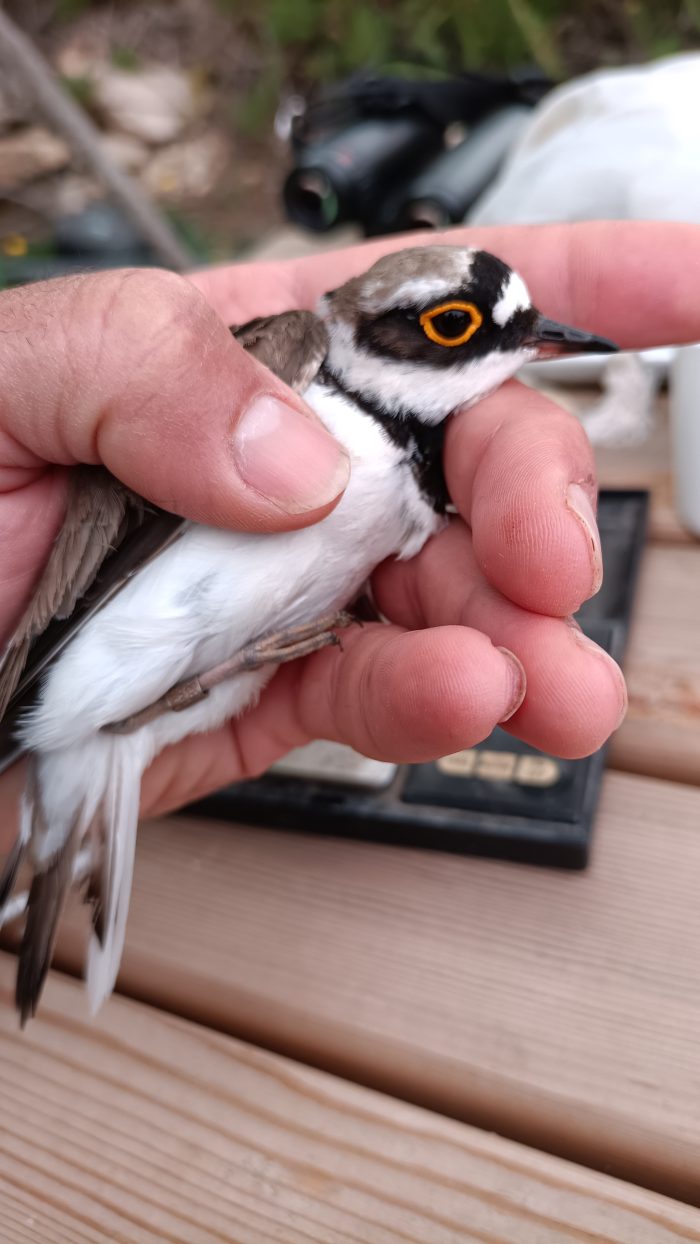
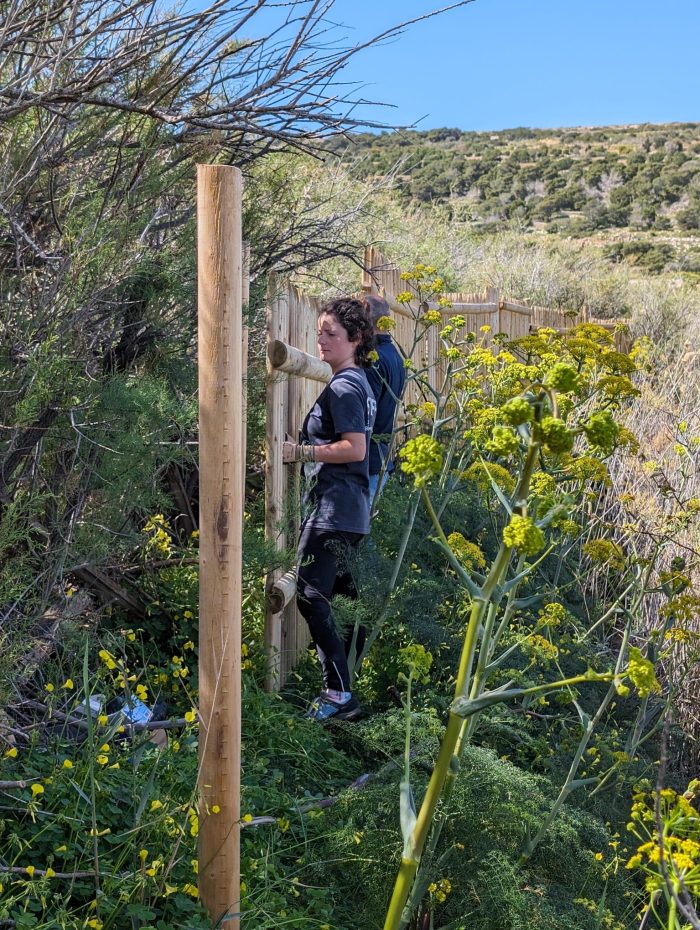
Simar Nature Reserve
Sightings
This month marks the beginning of spring, signalling the migration of several northward-bound bird species. Most vegetation is in full bloom, attracting numerous insects, including butterflies and dragonflies, setting a vibrant stage for the season’s change. Resident birds are actively preparing for the reproductive season, with many engaged in the process of nest building.
A variety of migratory bird species continued arriving throughout the weeks. These included Purple Herons, Black-winged Stilts, Green and Wood Sandpipers, and Black-crowned Night-herons. More elusive yet present species like Sedge Warblers, Willow Warblers, and Subalpine Warblers add to the reserve’s diversity. Marsh-harriers often flew over whilst flocks of Little Egrets often settled in the wetland. Wintering species were also migrating north with the last birds having left by the end of the month. These included Robins, Blackcaps and Common Chiffchaffs. Common Kingfishers also departed as well as the Western Water Rails and Reed Buntings. Most Common Coots also left but a few remained showing breeding behaviour. Barn Swallows and House Martins were regularly present in good numbers filling the reserve with their aerial feeding or skimming the water in search of food.
The faunal activity in the reserve is particularly noteworthy, with butterflies taking centre stage. The Large White butterfly, predominantly seen along vegetated paths, leads in numbers. Small Whites and the first Swallowtails make their appearance, signalling the richness of the habitat. Among dragonflies, the Blue Emperor is the most frequently observed, adding to the dynamic ecosystem at play.
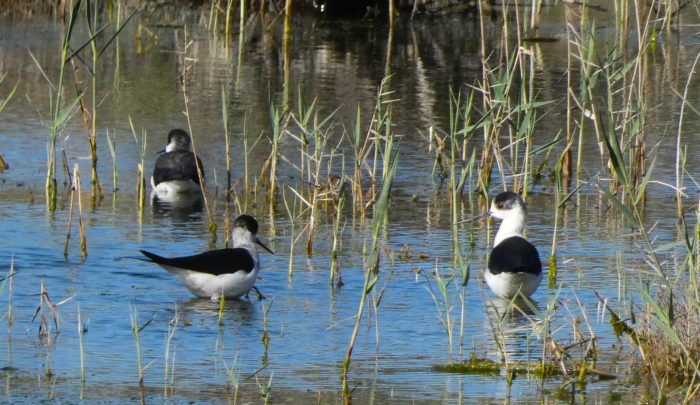
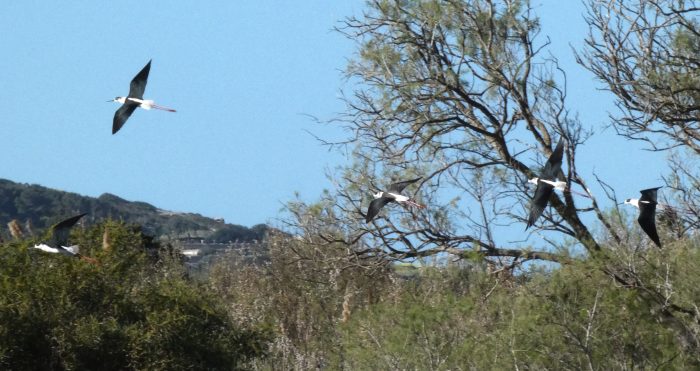
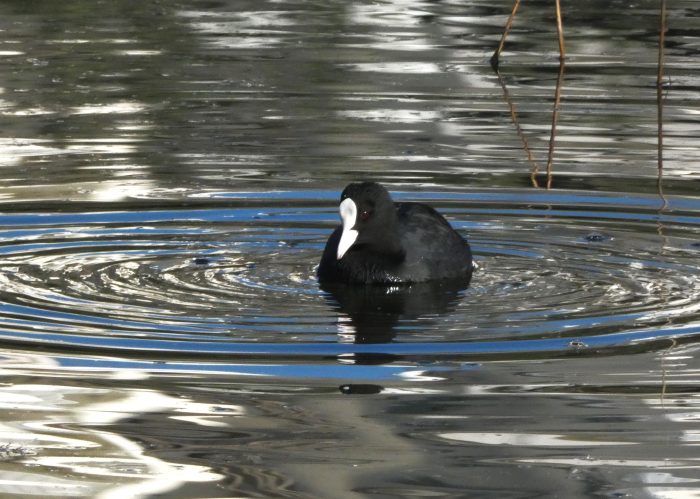
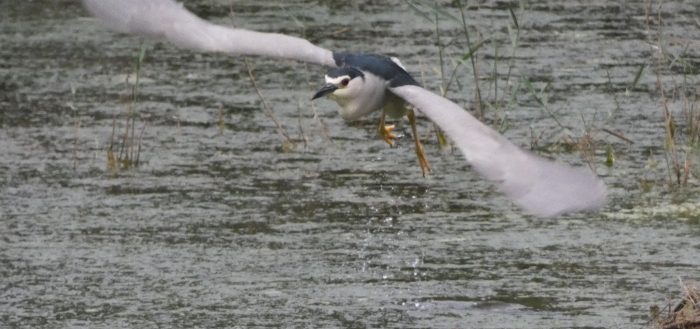

Foresta 2000
Sightings
Foresta 2000 is renowned for its abundance of both resident and migratory birds during the month of March. In our recent monitoring efforts, we’ve observed plenty of raptors, with Marsh-harriers, Common Kestrels, and Lesser Kestrels taking centre stage. The garrigue area echoed with the delightful melody of birds such as the Spectacled Warbler, while the heart of the forest was alive with the Dunnocks, Yellow Wagtails, and Blackcaps.
As dawn breaks over Foresta 2000, the skies come alive with the graceful flight of Barn Swallows, Swifts, and House Martins, signalling the start of migration. Amidst this avian spectacle, the songs of Maltese residents such as the Sardinian Warbler and Zitting Cisticola fill the air as they prepare for the breeding season, actively marking their territories. And let’s not forget the iconic Blue Rock-thrush, making its grand appearance on the cliffs at the western edge of our sanctuary.
Adding to the natural splendour, the warm and sunny weather of the past month has brought with it a flurry of butterflies in the blooming steppe area. From the delicate Small Cabbage White to the majestic Painted Lady, these winged beauties dance amidst the blossoms, creating a mesmerizing sight. Amongst our observations, a rabbit was spotted, blending seamlessly into the vibrant tapestry of Foresta 2000’s fauna. And with the arrival of spring, the air is abuzz with the first dragonflies of the season, including the striking Blue Emperor, gracefully cutting through the breeze.
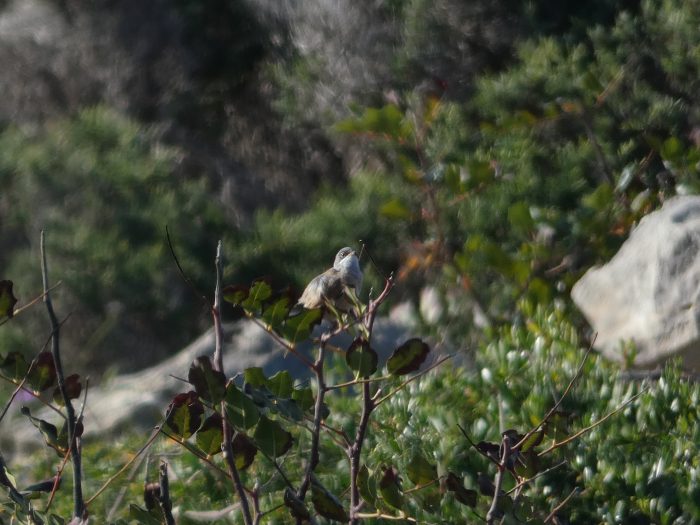
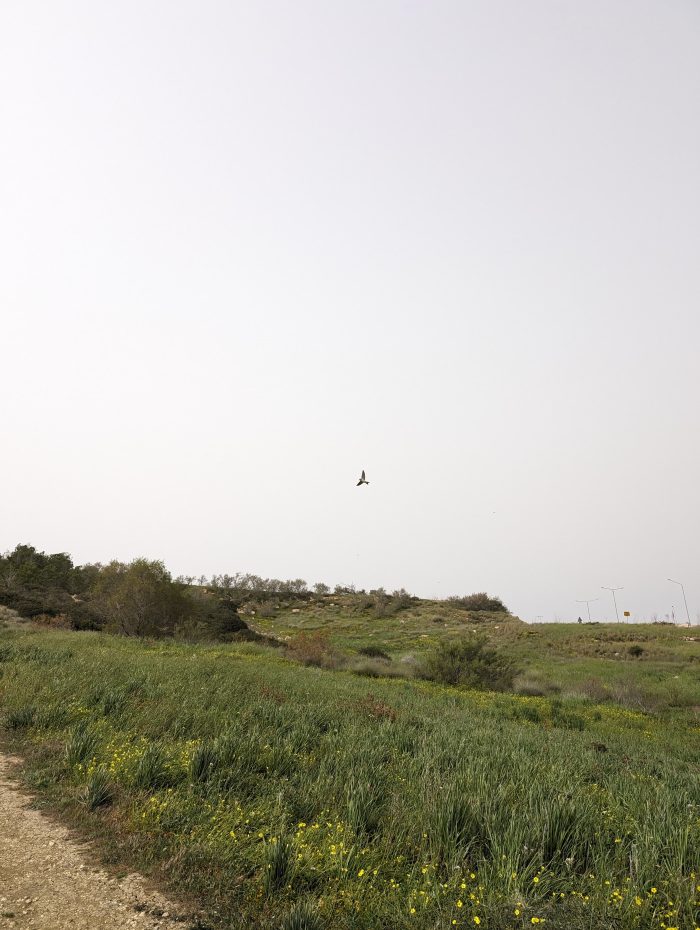
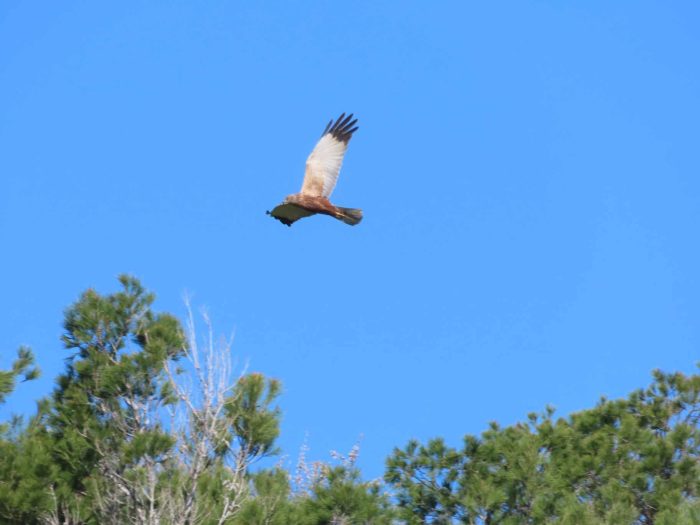
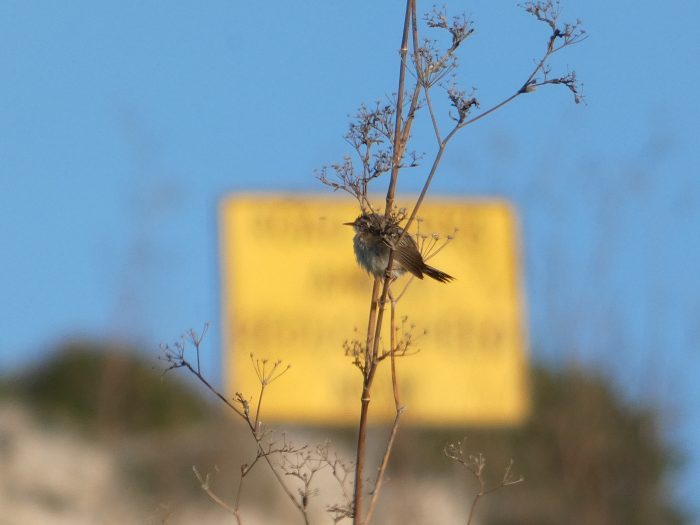
Works
Each week, thorough clean-ups and monitoring are carried out in Foresta 2000, aiming to preserve its natural beauty and biodiversity.
This ongoing effort supports both the maintenance of the area’s pristine condition and the commitment to ensure a thriving habitat for wildlife.

Comments on Dwejra Quarry extension and restoration
BirdLife Malta expressed its concerns with ERA on the extension of an existing soft stone quarry in Dwejra (San Lawrenz, Gozo) and partial restoration on site. Part of the quarry is located within a Natura 2000 site and only one part of the affected area was proposed for restoration. The extension of the quarry will continue to have an impact on the conservation and management objectives of the Natura 2000 sites, including impacts on protected seabird colonies of Yelkouan Shearwaters and Scopoli’s Shearwaters present in proximity to the quarry. Read more here.
Comments on the Third River Basin Management Plan for Malta
The end goal of the Third River Basin Management Plan for Malta is to implement an integrated approach towards the protection of water bodies, including inland surface waters, coastal waters and groundwater. In view of this end goal, we took the opportunity to comment on the draft plan recommending stronger measures to avoid further contamination of groundwater; an initiative on the implementation of sustainable irrigation for the agricultural sector; actions to prevent further damage of the Pwales valley aquifer, where Simar Nature Reserve is located; and actions for the illegal abstraction of groundwater for artificial ponds in Maltese ODZ areas. Read more here.
Objection to Xemxija proposed development of a 13-storey building
In March, Xemxija residents and activists protested against the controversial proposed development in Xemxija for the construction of a 13-storey building comprising of residential apartments and commercial purposes (PA 865/24).
BirdLife Malta also submitted an objection to the Planning Authority with several concerns including the risk of destroying a garrigue ecosystem and cart ruts present at the site.
This threatens the integrity of an open public space and the cultural heritage of Xemxija. Important flora and fauna communities are present at the site, including the protected endemic Maltese Pyramidal Orchid.
Not to mention the building height proposed, which goes over and beyond the envisaged residential building height plans of four floors for Xemxija, increased traffic congestion and a strain on the current sewer infrastructure increasing risks of overflows in Xemxija bay. Read our objection here.

Colour-ringed Lesser Black-backed Gull from Norway spotted at Salina
In mid-March we had an exciting long distance record at Salina Nature Reserve!
We uncovered the incredible journey of a Lesser Black-backed Gull (Maltese name: Gawwija Daharha Iswed) which migrated all the way from Norway to Malta! This remarkable traveller, ringed as a chick in the nest in Revsal, Andopen, Norway in July 2020, was spotted at Salina not once, not twice, but three times in the autumn/winter of 2022/2023.
This suggests that the bird wintered – meaning it spent the winter – close to, and around the Maltese Islands, occasionally seeking refuge at our Salina Nature Reserve. An incredible journey spanning over 3,500 kilometers which the bird carries out at least twice a year during its migration!
We have managed to get the full details about this gull thanks to the fact that it was colour-ringed. The colour-coded ring enables reading from a distance, and hence identifying the bird.
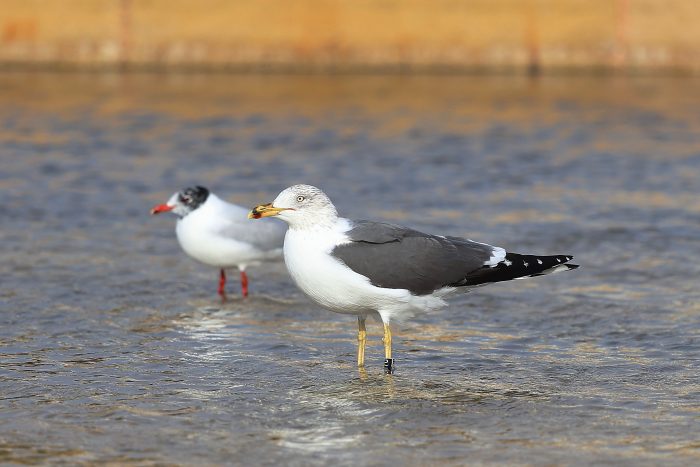
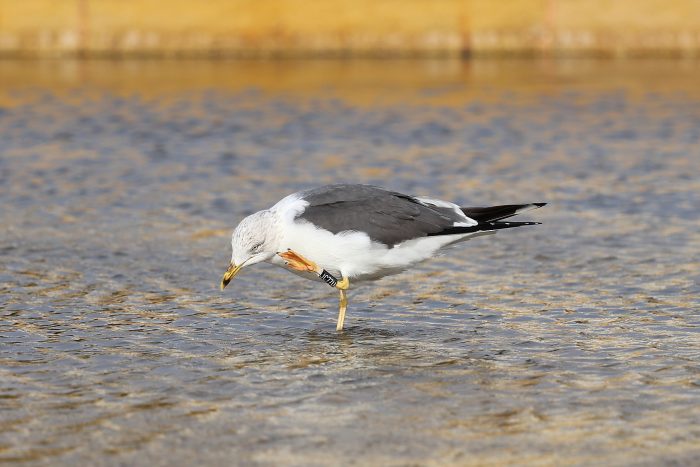
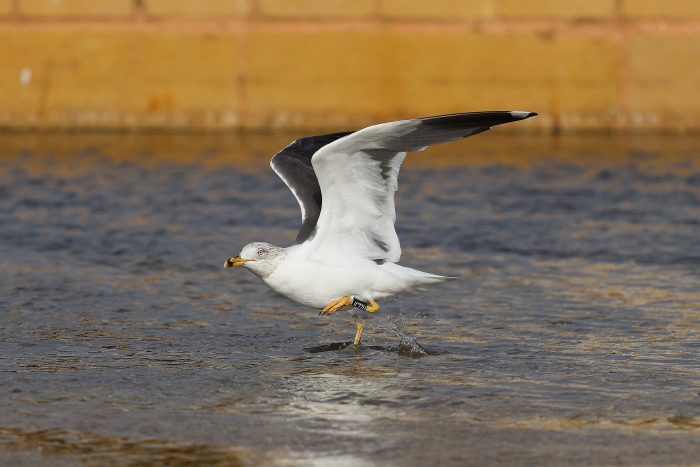
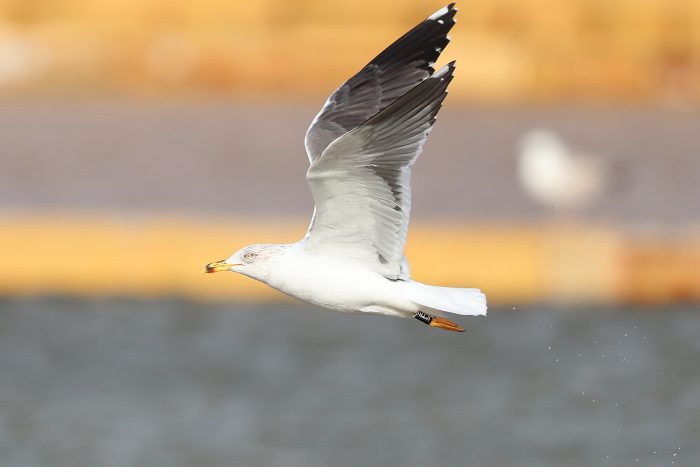


Moussier’s Redstart seen in March
The Moussier’s Redstart (Maltese Name: Fjamma tat-Tuneżija) is a vagrant species that rarely visits our islands, hence the sighting of one is always a very pleasant surprise. The male is very colourful, but the female, such as the one seen here, is rather plain, and might be easily overlooked. It is mostly found in northwest Africa, especially in the Atlas Mountains, yet some individuals occasionally pay us a visit, especially in March. The Moussier’s Redstart prefers open spaces such as garrigue, where it is able to feed on insects picked from the ground or caught in flight.

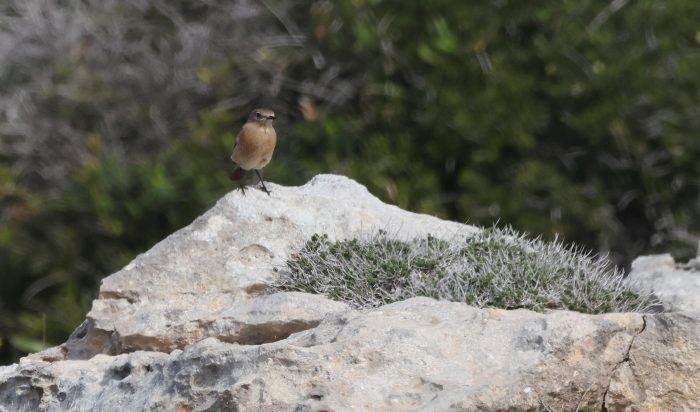
Credits
Words: Polina Venka, Charles Coleiro, David Attard, Nathaniel Attard, Vera Tokmakova, Manuel Mallia, Nathaniel Attard.
Photographs: Francesco Dal Colle, Mauro Spatafora, Antoine Monnier, Vera Tokmakova, David Attard, Charles Coleiro, Mario V Gauci, Ian Balzan, Aron Tanti.


